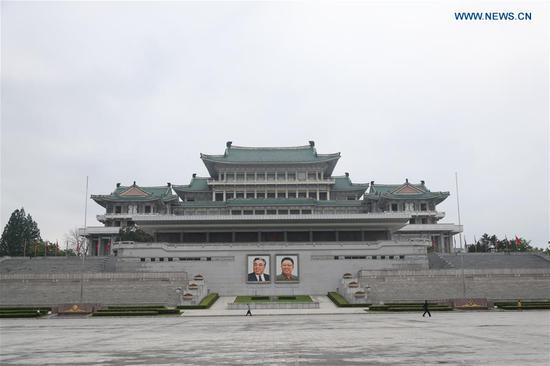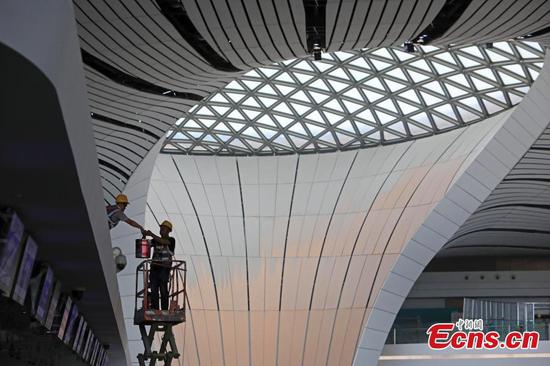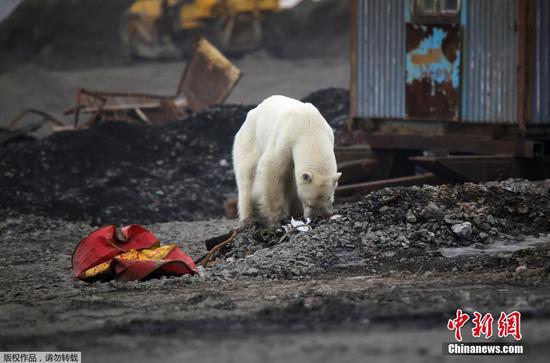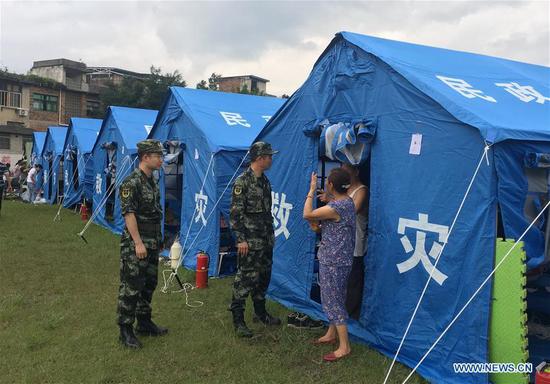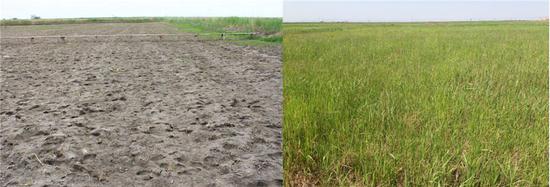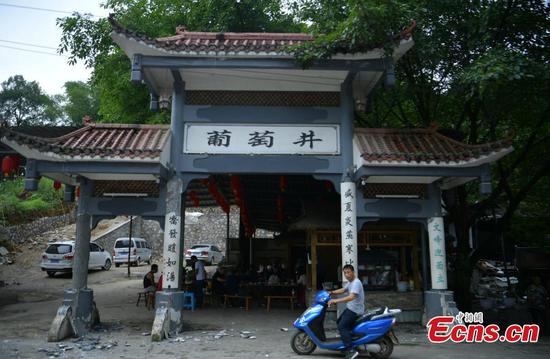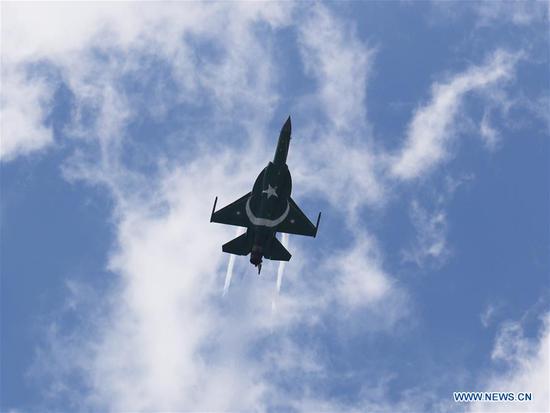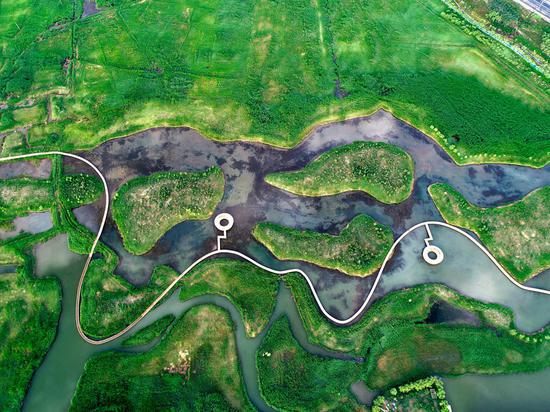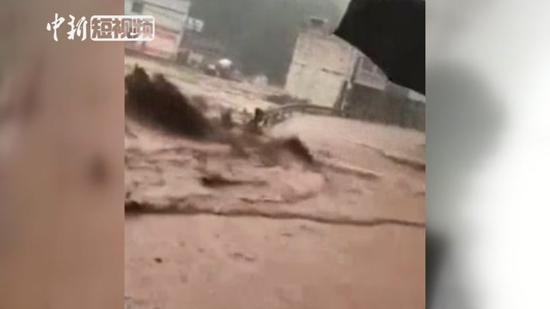○ 44-year-old Wang Tun has built the world's largest earthquake early warning (EEW) system, covering 2.2 million square kilometers in China and 90 percent of the population in earthquake-prone areas
○ Residents in Chengdu, capital of Southwest China's Sichuan Province, received an earthquake alert 61 seconds before the seismic waves arrived from earthquake's epicenter at Changning on Monday
○ Compared with Japan's EEW system, Wang's world-leading system boasts a quicker response time, zero false alarms and a larger coverage area
On Monday night, Wang Tun had gone to bed earlier than usual as he was not feeling well, only to be woken up by a loud alarm sound in Chengdu, capital city of Southwest China's Sichuan Province.
Not all of the residents knew where the alarm came from and what it signified, but Wang was all too clear: there was going to be an earthquake. The alarm is part of an earthquake early warning (EEW) system developed by Wang and the Sichuan-based Institute of Care-life (ICL).
At 10:55 pm on Monday, a 6.0-magnitude earthquake struck Changning county, about 300 kilometers from Chengdu. As of press time, the earthquake has killed at least 13 people and injured 220 others, according to the Xinhua News Agency.
Before they felt the quake, notices and countdowns were broadcast to locals on loudspeakers, television screens and smart phones.
Loudspeakers have been installed for earthquake warnings in 60 communities in Chengdu, according to Wang. On the night of the earthquake, residents of Chengdu received the alert 61 seconds before the seismic waves arrived.
"Our world-leading earthquake early warning system has so far had no false alarms and is the largest one in the world, covering an area of 2.2 million square kilometers," Wang told the Global Times, noting his team has the ability, responsibility and opportunity to serve more nations that are prone to earthquakes, especially those along the Belt and Roadroute.
With the Chinese public and media praising the EEW system, Wang and his team hope to expand the coverage area in China and beyond.
Starting from scratch
When the devastating Wenchuan earthquake struck in May 2008, leaving more than 80,000 dead or missing, Wang was carrying out his post-doctoral research in theoretical physics at the Austrian Academy of Sciences.
"On the night the earthquake happened, I decided to come back to China and conduct research into earthquake early warnings," Wang said, adding that he believed his interdisciplinary study experience and research skills enabled him to do the work.
Raising 3 million yuan ($428,570) from relatives and friends in one month, Wang funded the ICL, a major earthquake early warning laboratory in Chengdu.
"11 years ago, about 70,000 people lost their lives in the Wenchuan earthquake. As someone from Sichuan, I felt I should do something for my hometown," Wang said, noting there was nothing in China's earthquake early warning field at that time, while Japan and Mexico had already established such systems.

An earthquake warning appears on the TV screen of a resident in Deyang, 610 km away from the earthquake's epicenter at Changning on Monday. The notice reads:"Seismic waves will arrive in 49 seconds." Photo: Courtesy of ICL
Starting from scratch, Wang found the hardest part at the beginning of his work was the lack of financial support. At one point, his team only had 1.4 yuan in the company's account.
When there was no evidence to prove the effectiveness of his EEW technology, many people were skeptical: how could he come up with an effective system if the China Earthquake Administration had not been able to?
Hiring about 60 interdisciplinary researchers, the institute successfully put the system into action in 2011 and has so far issued 52 earthquake early warnings in the country. He and his team spent 11 years making China the leading country in the field of EEW.
Some people expressed doubt on China's social media that having a few dozen seconds' notice was of any use in escaping an earthquake. Research has found that being aware of an earthquake even three seconds before it hits can save 14 percent of casualties, and 20 seconds' warning can save 63 percent, Wang said, citing the Northwestern Seismological Journal.
Leading and helping
Japan is one of the most earthquake-prone nations on the planet. It launched its nationwide EEW online system in 2007, with 1,000-plus seismographs scattered throughout the country sending out brief warnings after detection and calculation of an earthquake's epicenter, TIME Magazine said.
"Compared with Japan's EEW system, we have about 5,700 seismographs, covering a larger area and 90 percent of the population in China's earthquake-prone areas," Wang said with confidence. "Our response time is also 30 percent quicker than Japan's."
In addition, he claims his system is not susceptible to false alarms, while Japan had some in past years.
"In the field of earthquake early warning, you can regard us as Huawei in the telecommunications field," he told the Global Times.
With approved technology and accumulated experience, ICL signed a cooperation deal with the Nepal Academy of Science and Technology in May 2015, allowing the country to use the full EEW system right after it suffered a 7.8-magnitude earthquake in April that year.
Responding to questions about how effectively the system works in Nepal, Wang explained that testing the system requires aftershock waves: "Earthquakes cannot be simulated in a laboratory or office. It can only take place underground. As a result, the aftershock areas in Sichuan Province are difficult-to-replicate testing grounds," Wang said, adding that the effectiveness has not been tested in Nepal so far because there have been few aftershocks there.

The earthquake early warning center at the Sichuan-based Institute of Care-life (ICL) Photo: Courtesy of ICL
ICL now hopes to promote the EEW system to more places around the world, and two countries in South America and South Asia have shown interest.
Building awareness
On Monday night, a netizen based in Chengdu posted on her Sina Weibo account that she heard the countdown from a loudspeaker installed near her community before feeling the quake. "It reassures me that my parents will be alerted, which allows them to hide in the bathroom."
However, some people did not really know what the alarm was, and were not even aware there was an earthquake early warning system in their neighborhood.
Even though media has spoken highly of the pre-warning system and its pioneering technology, it is worth pointing out that there is still a lot to do in terms of training people to respond to and handle the pre-warnings, experts said.

Wen Lianxing, a researcher at the University of Science and Technology of China, told the Global Times that even early warnings as short as one or two seconds in advance are vital for some pieces of major infrastructure, such as power plants, high speed railways, chemical plants, and oil drilling platforms, as the automation system in these places will allow the facilities to shut down in a safe manner after being triggered by the early warning system, so as to guarantee the safety of people and facilities.
China has been making great efforts to promote earthquake preparedness. The country aims to have the ability to quickly respond to earthquake intensity in some parts of China by 2020 and put the earthquake early warning services into use all over the country by 2023, the China Earthquake Networks Center (CENC) official told the Shanghai Observer on Wednesday.
Dispelling doubts
Even though Chinese media has spoken highly of the pre-warning system and its pioneering technology, experts have expressed doubt over the media coverage and commercial interests of ICL's system.
On Tuesday, Sun Shihong, a researcher at the China Earthquake Networks Center, told Beijing News that exaggerating the effectiveness of Wang's EEW system may mislead the public. "The original intention of the earthquake early warning system is to reduce the impact of disaster. There was a 60-second early warning for Chengdu, and the speed of the seismic wave is six miles per second. As a result, the destructive effect of the 6-magnitude earthquake was not serious for Chengdu, which is 360 miles away from the earthquake's epicentre, so you can't say the system reduced the impact of the disaster," Sun told Beijing News.
Wang rejected Sun's view.
"You can understand the necessity of having such a pre-warning system just by seeing how Chengdu residents reacted to the early warning on social media," he told the Global Times. "The system has two functions: helping people escape from danger and reassuring the public."
Regarding comments that some local people were ignorant of the system, Wang said at least the EEW system had not created fear and panic.
"People who were aware of the system knew how to escape from danger; for those who were not aware of the system, they did not take any dangerous actions. That is why we set the alarm as a countdown instead of warning of an earthquake," Wang explained.
Sun also noted that academia had not reached any final conclusion about the EEW system, and some parts of the EEW system had not been scientifically verified. "The promotion of the system might be due to commercial interests," Sun told Beijing News.
In reply, Wang told the Global Times that the system is for the public good and free for local residents.
He said Mexico and Japan have both run the system with good results in their countries, so it doesn't make sense to say the EEW system lacks scientific verification.
But "being commercial is also naturally a part of it," he said, noting that if factories, communities and companies want to shut down their automatic systems, they need to buy the system's hardware facilities.

















